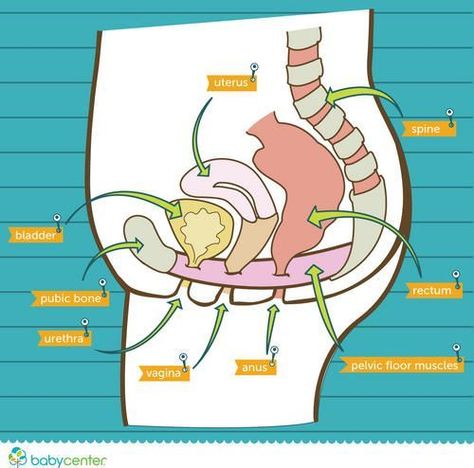Guide to Menopause incontinence - you have a choice21 June 2020 | Admin The menopause and perimenopause can bring with its problems associated with pelvic floor dysfunction. The menopausal years can span any time from 45-55 years. Some women who go through an early menopause could experience symptoms of menopause such as night sweats of hot flushes at a much younger age. At Cheeky Wipes HQ, we are mostly in the 45 to 50 age bracket and feeling the full effects of perimenopause which can occur for many years while still having our monthly cycles. Joy! Women’s problems and health ‘below the waist’ are often a taboo subject with many too embarrassed to seek help and advice, and others simply not knowing where they can find advice. At Cheeky Wipes, in conjunction with Emma James, a physio specialising in Pelvic Floor Health, we believe that has got to change, we don't have to 'just put up with it'. Read our guide to menopause incontinence for more help:
- What Are Pelvic Floor Muscles and why are they important?
- What is Pelvic Floor Stress incontinence?
- How can Pelvic Floor Strength be improved?

Your pelvic floor muscles are a broad sling of muscles, like a trampoline, stretching from your pubic bone at the front of your pelvis to your coccyx (tail bone) at the back. They form the floor of your pelvis and are responsible for: - Supporting your pelvic organs – your bladder, bowel and womb
- Controlling your bladder, bowel and sexual functions
Reduced levels of oestrogen starting around menopause can cause thinning of the lining of the urethra, the short tube that passes urine from the bladder out of the body. In addition, the surrounding bladder and pelvic floor muscles also may weaken with ageing, a process known as “pelvic relaxation.” As a result, women at midlife and beyond are at increased risk, or an exacerbation of pre-existing, stress and urge incontinence. Pelvic floor stress incontinence is the most common form of incontinence. It is caused by weakened pelvic floor muscles and means you leak urine when you increase pressure on the bladder such as when coughing and sneezing or during exercise. As it is caused by weakness, the main treatment for pelvic floor stress incontinence is to strengthen your pelvic floor muscles with pelvic floor training, in fact around 60% of cases cure or dramatically improved by exercise alone. Pelvic floor strength can be improved by training your pelvic floor muscles. To strengthen the muscles, you should imagine you are having a wee and trying to stop the flow of urine. Once you are confident you are using the right muscles you should aim to hold for 5 seconds, relax and repeat 10 times these are called ‘slow Kegels’. Then using the same principle, engage your pelvic floor muscles and hold for just 2 seconds, relaxing and repeating 10 times; these are called ‘fast Kegels’. Aim to repeat the process of fast and slow Kegels for 5 minutes or 10 sets and do this minimum of three times a day. As you become stronger you can increase the hold of the ‘slow Kegels’ to 10 seconds. Experiencing urinary incontinence (leakage) should not be accepted as normal at any point in a woman’s life and is, in most cases, fixable. You are not alone, there are options available to you. The first one is talking to your Doctor, who may well give you a referral to a physiotherapist who specialises in pelvic floor health. Previously, surgical treatments such as a sling procedure were recommended for many types of incontinence. However nowadays, through the use of tools, such as Pelviva, Secret Whispers and PelviPower, menopausal incontinence should become a thing of the past and need not be in your life any longer. We understand that while it is happening to you, it can be debilitating, and some may find their leakage embarrassing, stopping them doing exercise or outings for fear of leaks and stains. With this in mind there are products, such as that provided by Cheeky Wipes, to help your menopause incontinence be plastic free, eco-friendly and cheaper as buying plastic pads or pants become a thing of the past! "I use these for incontinence, I have occasionally gushing leaks and I use pads so the pants are mostly for security, and they work very well. I'm still learning how to cope with reusables rather than disposables and my main complaint is that nothing absorbs as quickly as the disposable pads, even the eco-friendly ones. Your pants are about the best for rapid absorption and still feeling dry after a slight trickle;, with pads as back-up they last all day comfortably and without odour." Suzanne, reviewing our 'Fearless' incontinence pants. Our affordable range of discreet, comfortable cloth sanitary pads and incontinence pants mean that while you do your pelvic floor training against incontinence, you feel as comfortable and confident as possible. If you enjoyed this article you may also enjoy: Can you use incontinence underwear for periods Incontinence Pants vs Pads - all you need to know
|